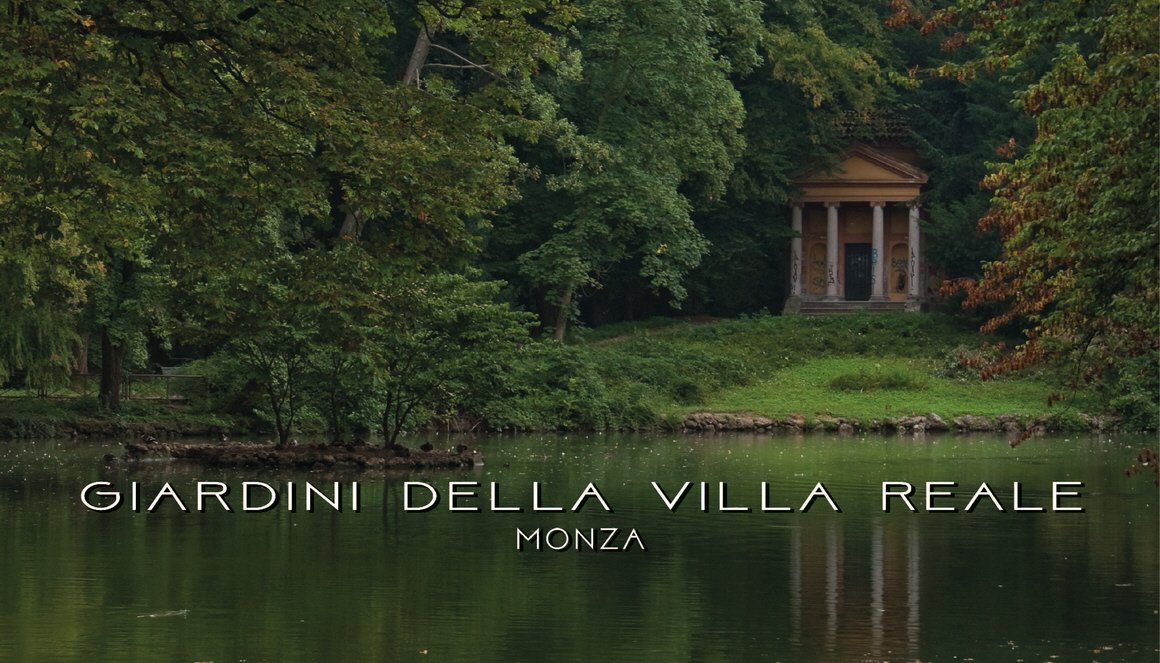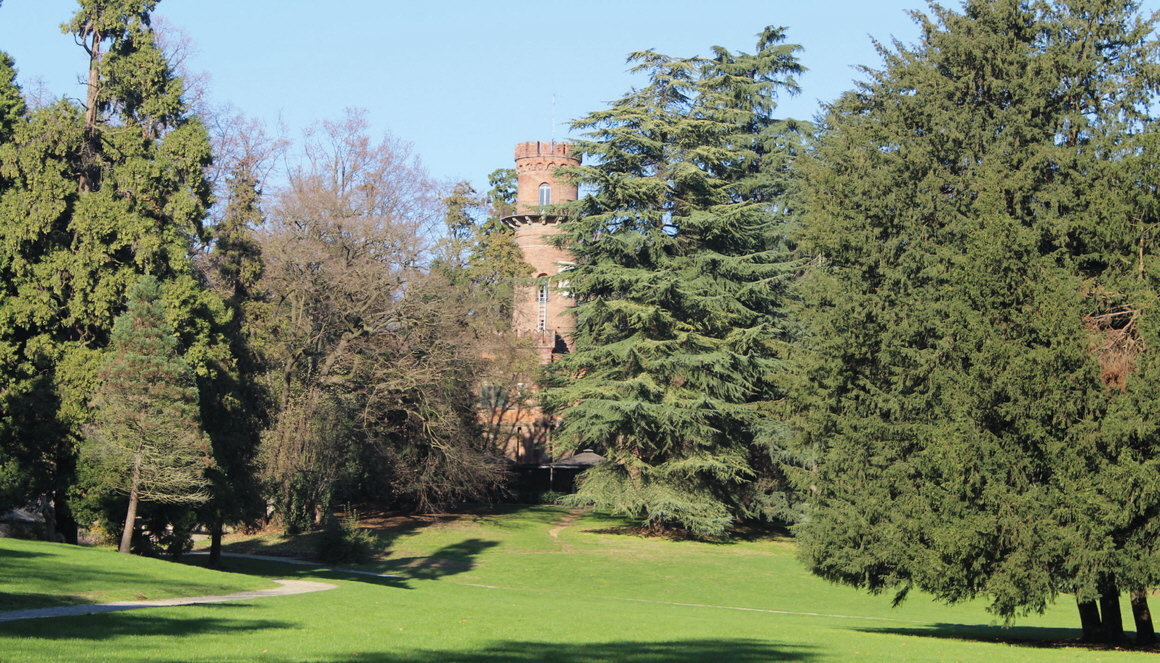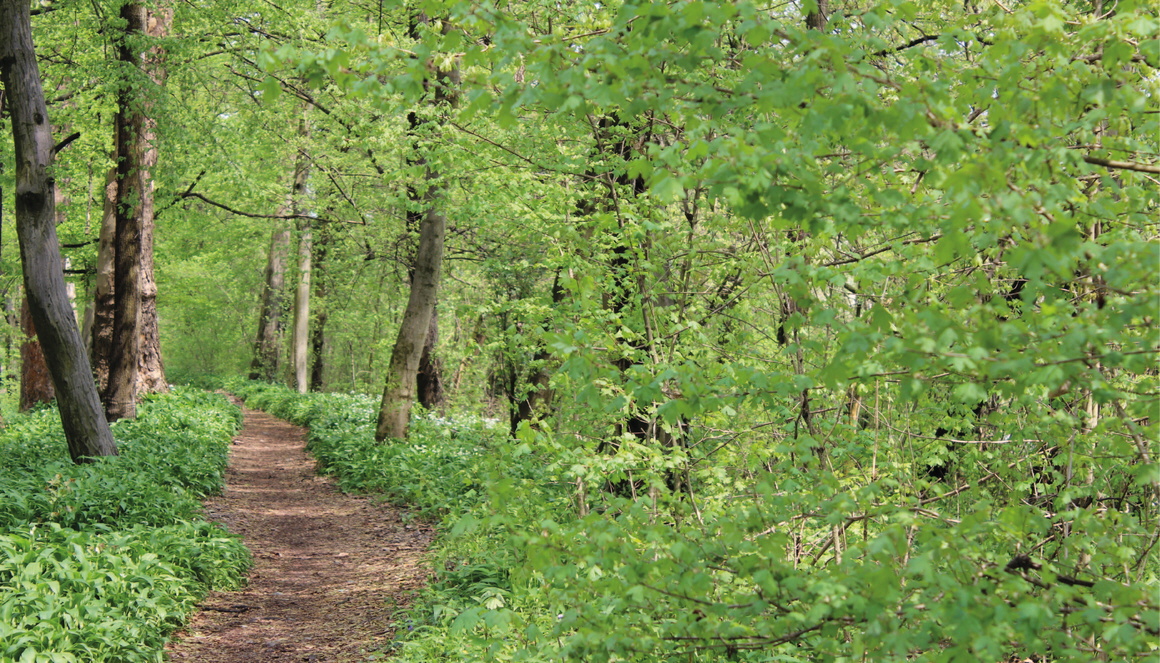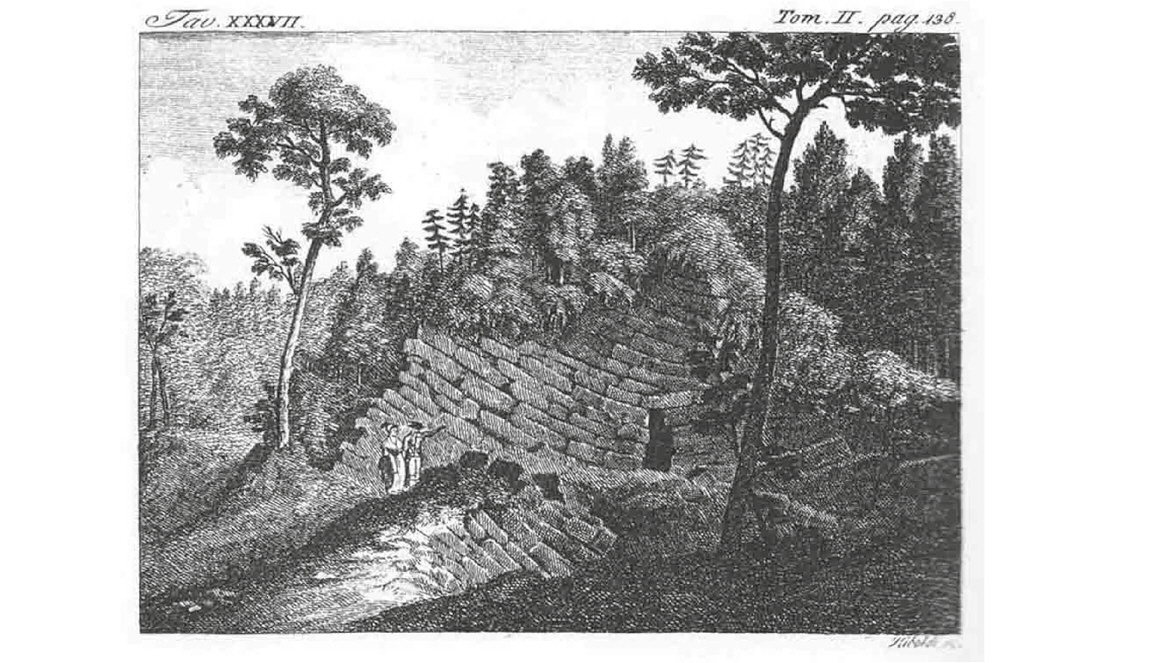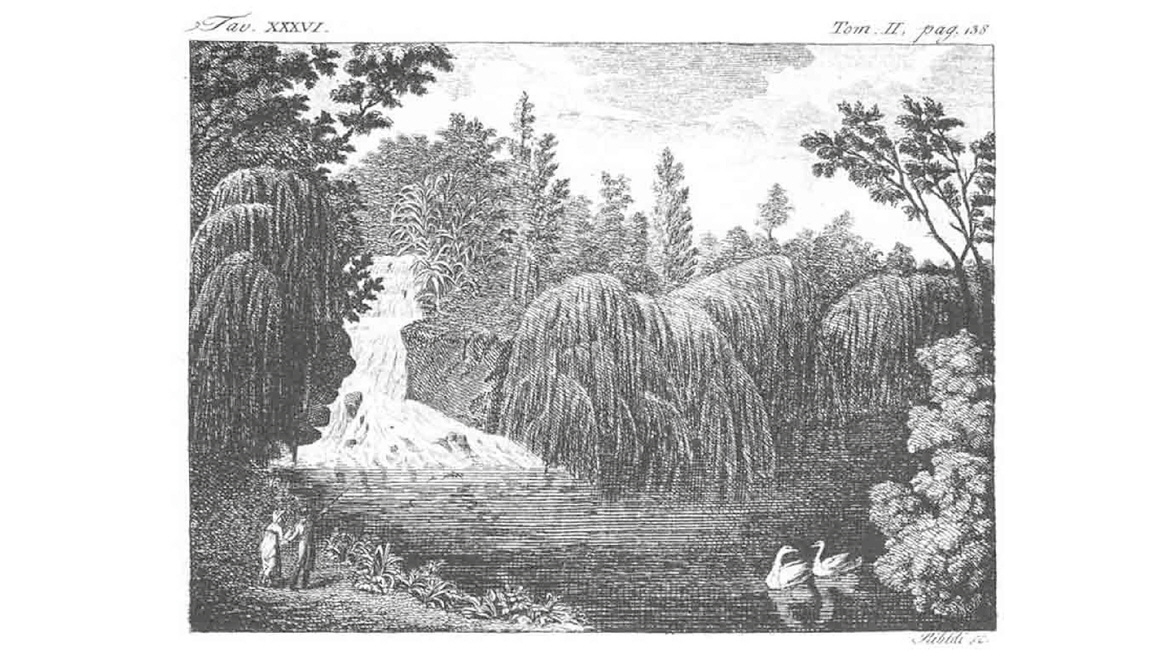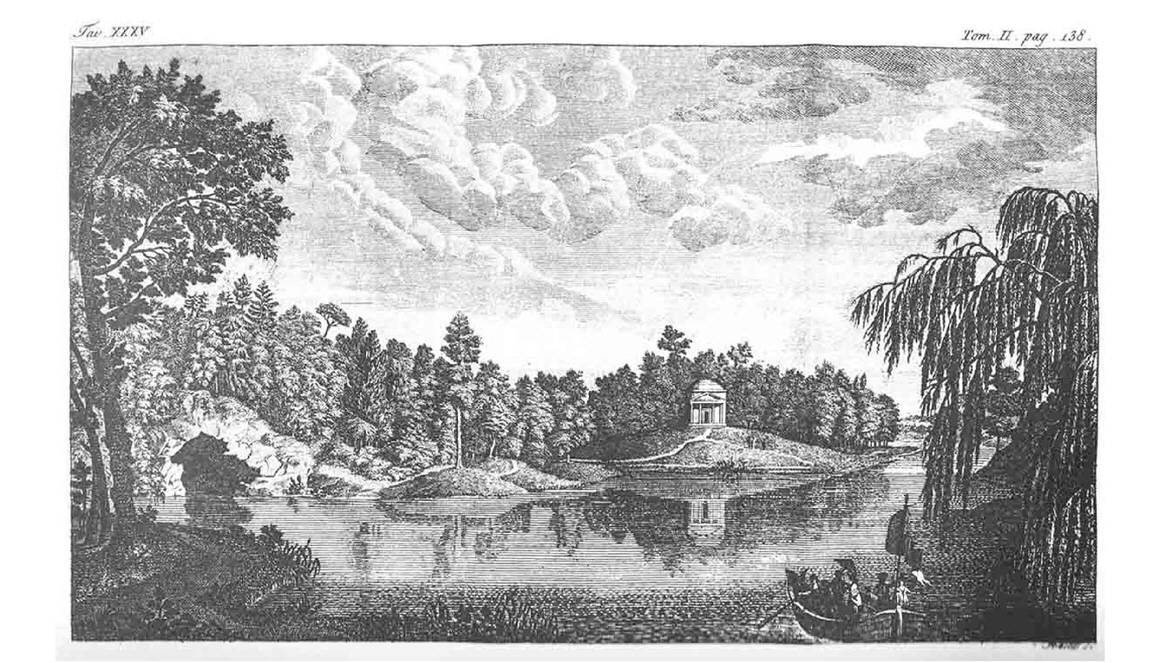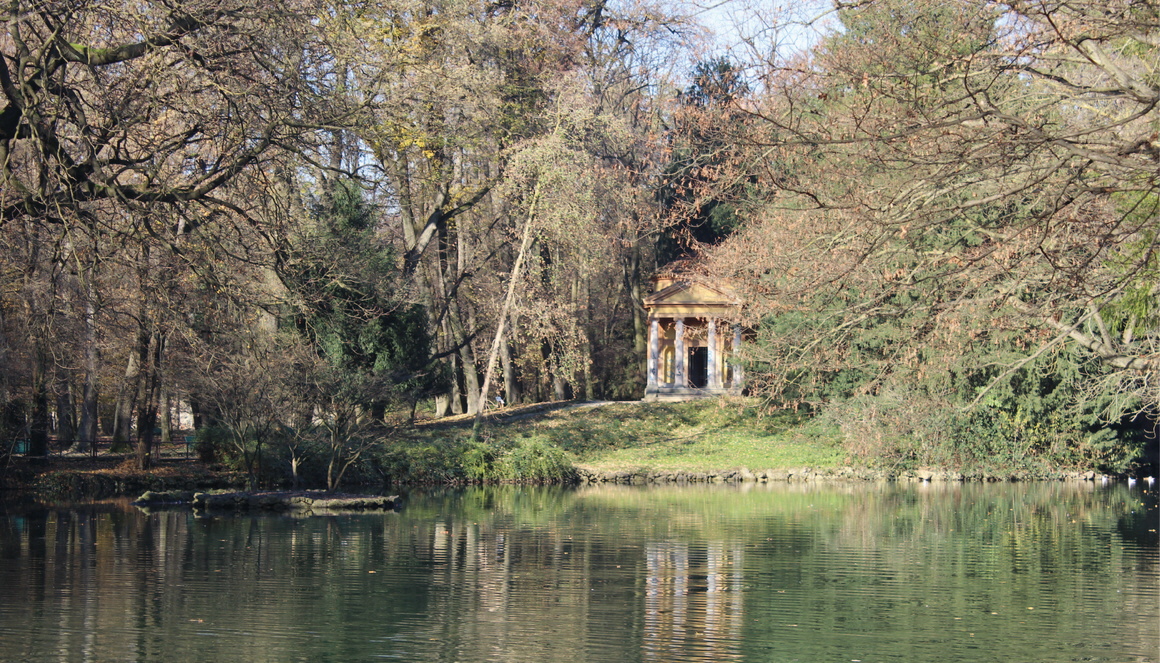Villa Reale e Parco di Monza
Monza – The garden of Villa Reale
The Park of Monza is one of the largest historical parks in Europe and the largest one enclosed by walls. It is a landscape park, consisting of a large lawn areas in the central part, a formal garden adjacent to the Villa Reale (Royal Gardens), agricultural plots next to the historic rural architecture, and an extensive area with groves concentrated in the northern and southern area, at the river Lambro.
The residential complex was designed in the last quarter of the eighteenth century, thanks to the contribution of Ferdinand of Habsburg, who personally oversaw the work with the support of the architect Giuseppe Piermarini.
The garden, designed in accordance with a formal scheme, was enlarged with the addition of a section, arranged according to the canons of the English garden. Despite the innovation of the northern section of the plant, after the creation of the pond with the grotto, a small temple in classical style and the free organization of the green spaces, the project of Piermarini captures the gap between the geometric layout of the park, connected with the villa, and the naturalness of the pleasure garden.
The new project appears to be in the early nineteenth century, one of the first example of garden / park / landscape opened to suggestions derived from beyond the Alps. On 14 September 1805 the Emperor Bonaparte decreed the construction of an immense park, whose design was entrusted to the architect Luigi Canonica. The project aimed to widen the area of the park, according to the standards of other European parks garden, and to fulfill functions of representation and fun. At the same time, it was devoted to be an ideal place in which farming techniques could be applied, taking inspiration from the English experience. The net of existing farms, rural architecture and religious buildings, is unified by a network of paths inspired by the Roman land organization.
They also should be mentioned the contributions of the gardeners employed in Monza Park during the work of Luigi Canonica: Luigi Villoresi , Giambattista Rossi and Giuseppe Manetti.

